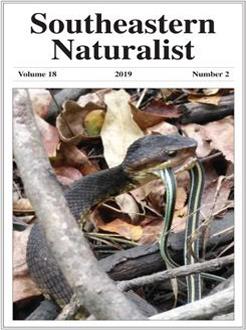Habitat associations for Falco sparverius (American Kestrel) have been quantified for agricultural landscapes dominated by pastures and fields, but little is known about the species' habitat requirements in natural plant communities such as forests, savannas, and grasslands. Prescriptions for habitat management for the threatened F. s. paulus (Southeastern American Kestrel) in sandhills remain unclear. We assessed how habitat features affected occupancy rates and nest success of Southeastern American Kestrels on 4 conservation lands in peninsular Florida. We assessed habitat relationships at 3 spatial scales (patch, territory, landscape) around 58 nest boxes. We identified a reduced habitat-patch model with 1 variable (percent grass cover) as the best fit for predicting Southeastern American Kestrel occupancy, but none of the habitat models predicted nest success better than the null model. Occupied patches averaged more grass cover (52%), and unoccupied patches averaged relatively little grass cover (32%). Habitat characteristics within nest box territories occupied by Southeastern American Kestrels (i.e., open tree canopy with few woody shrubs and a graminoid-dominated low groundcover) were consistent with ecological reference conditions for sandhills and habitat conditions recommended for other fire-dependent bird species of conservation interest. The loss of suitable foraging habitat (e.g., open ground cover) has received little attention in regional or continental efforts to arrest population declines of the American Kestrel. Additional effort toward maintaining suitable groundcover in native pyrogenic plant communities for Southeastern American Kestrels appears to be warranted.
How to translate text using browser tools
31 May 2019
Habitat Preferences of Nesting Southeastern American Kestrels in Florida: The Importance of Ground Cover
Karl E. Miller,
Ryan Butryn,
Erin Leone,
Jason A. Martin
ACCESS THE FULL ARTICLE

Southeastern Naturalist
Vol. 18 • No. 2
May 2019
Vol. 18 • No. 2
May 2019




